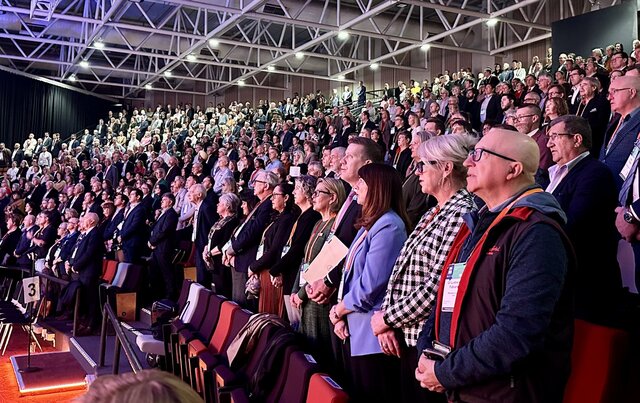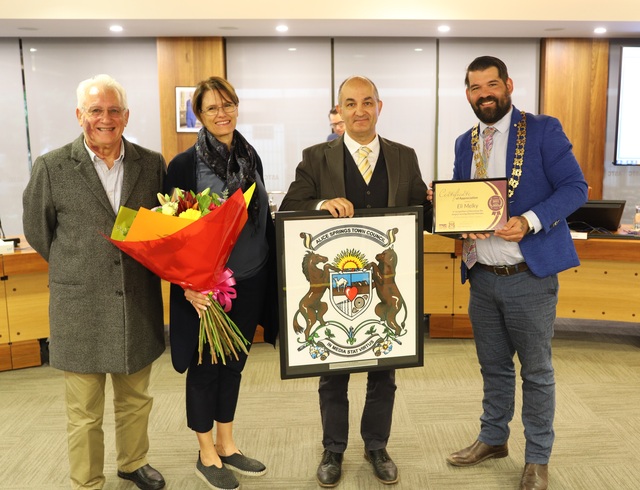An interview with Brett Spencer, Manager Recreation and Leisure Services, City of Stirling, WA.
The City of Stirling places great emphasis on the role leisure can play in the community, and as such has 180 staff and an annual budget of
$16 million dedicated to managing 17 aquatic and sport centres, beaches, parks, parks users, and overall leisure planning for the City.
“Sporting groups and recreational clubs form the social fabric of a community,” Brett Spencer said. “Through these groups, people gain life skills, find friendship, develop their communication skills and on occasion, have even met partners. The sport itself is an outcome of the club – the real reason people get involved is to obtain a sense of belonging.”
Brett Spencer said Local Government is well placed to foster and encourage clubs to establish and thrive through the provision of infrastructure and information.
To assist clubs and community groups in the City of Stirling to become more efficient and self managing, Council has established an innovative ongoing support program, Clubs Forever. There are currently 360 local sport and recreation clubs on the Clubs Forever database and, to date, over 24 seminars have been presented on various topics, including grants, marketing and sponsorship.
“The program has engaged our local clubs, and they are coming to us for information and assistance more than ever before,” Brett Spencer said.
He said that as part of Local Government’s role in providing infrastructure, it must also educate clubs on sustainability.
“The clubs need to know that the environment is changing and we need to work with them and State Sporting Associations to encourage resource sharing and cohabitation of sporting grounds and reserves,” Brett Spencer said. “Above all, communities must understand that water saving measures are necessary for environmental sustainability, they are not just cost saving excercises.”
Stirling is in the process of implementing the Water Smart Parks program, which will reduce the City’s water usage and deliver cost savings in maintenance. The program incorporates hydrozoning and ecozoning initiatives, which involve applying different watering rates for separate parts of a park or ground depending on its use, and replacing some turf areas not directly used for passive or active recreation with alternative ground cover treatments, waterwise or local native bushland plantings to reduce the reliance on irrigation and create a landscape setting more appropriate to Perth’s climate.
Brett Spencer said working with schools could solve a large part of the infrastructure problem.
“There is currently no formal agreement between State and Local Government to enforce resource sharing where possible,” he said. “This needs to change if we are really ‘fair dinkum’ about addressing the core principles of sustainability. In Stirling alone, 57 of 76 schools have an oval that is still being watered, yet we are not accessing these for community sporting and leisure purposes.”
Brett Spencer said another challenge facing the recreation sector is technology.
“Things like Facebook and MySpace are more appealing social relationships for young people, as they don’t have to put in as much effort,” he said. “We need to educate new parents of the value of clubs and physical activity to get kids fit, healthy and social. We also need to work with State sporting associations to integrate technology into clubs. For example, if we brought internet terminals into club rooms, we may still have people on computers, but they will be in a social environment and hopefully interacting with other people.”
Another challenge Brett identified is a lack of volunteers.
“Focusing on seniors may provide part of the solution to this issue. As they retire and find more time on their hands, seniors can be a massive boost to any organisation because they bring with them life and skills experience. We need to work with State Governments to bring some of these volunteers back to the sporting club circuit.”







